John Oliver explains the U.S. power grid and the challenge of upgrading it for America's electric future

"Electricity is such an integral part of modern life it is hard to believe that we used to have to sell people on the idea of electric appliances," John Oliver said on Sunday's Last Week Tonight, showing a TV ad from 1959. "Specifically tonight we're going to talk about the power grid, the system of generators that produce electricity and the vast latticework of wires that get it to our homes. The grid is probably something that you probably don't think much about until it goes down — which, unfortunately, has been happening more and more in recent years."
"While things are bad now, they could get a lot worse in the future, because the U.S. has a goal of net-zero carbon emissions by 2050 — which we absolutely must meet," Oliver said. "But one study estimates that's going to require a 40-60 percent in peak electricity consumption," with the shift to electric cars and heating, and "all that electricity is going to have to come from somewhere."
The U.S. power grids — 600,000 miles of transmission lines and 5.5 million miles of local distribution lines — have been called the "supreme engineering achievement of the 20th century," Oliver said. But most power lines are long past their 50-year life expectancies, and climate change has made them more vulnerable.
The Week
Escape your echo chamber. Get the facts behind the news, plus analysis from multiple perspectives.

Sign up for The Week's Free Newsletters
From our morning news briefing to a weekly Good News Newsletter, get the best of The Week delivered directly to your inbox.
From our morning news briefing to a weekly Good News Newsletter, get the best of The Week delivered directly to your inbox.
Upgrading the grid will require lots of little changes, but "our shift to renewable energy is going to require a fundamental shift in what our grid looks like," Oliver said. You can build coal plants near large coastal cities, but most wind farms will need to be in middle America, and it may be an "uphill battle" to convince "a Midwestern farmer 'We need to build something in your backyard so someone in California can power their electric car.'" Luckily, "the physical generation of renewable energy isn't really the problem here," he said. "The key issue is the transmission of it." And there are fixes for that, too, though not easy or cheap ones.
"For far too long, whenever we've experience blackouts, we've tended to think of it as the power grid failing," Oliver said, "but the truth is, it's not failing us — we are failing it by asking it to do something it was not designed to do in conditions that it was not designed to handle." He ended his show with a bang, then a slight whimper.

A free daily email with the biggest news stories of the day – and the best features from TheWeek.com
Peter has worked as a news and culture writer and editor at The Week since the site's launch in 2008. He covers politics, world affairs, religion and cultural currents. His journalism career began as a copy editor at a financial newswire and has included editorial positions at The New York Times Magazine, Facts on File, and Oregon State University.
-
 Political cartoons for January 4
Political cartoons for January 4Cartoons Sunday's political cartoons include a resolution to learn a new language, and new names in Hades and on battleships
-
 The ultimate films of 2025 by genre
The ultimate films of 2025 by genreThe Week Recommends From comedies to thrillers, documentaries to animations, 2025 featured some unforgettable film moments
-
 Political cartoons for January 3
Political cartoons for January 3Cartoons Saturday's political cartoons include citizen journalists, self-reflective AI, and Donald Trump's transparency
-
 Son arrested over killing of Rob and Michele Reiner
Son arrested over killing of Rob and Michele ReinerSpeed Read Nick, the 32-year-old son of Hollywood director Rob Reiner, has been booked for the murder of his parents
-
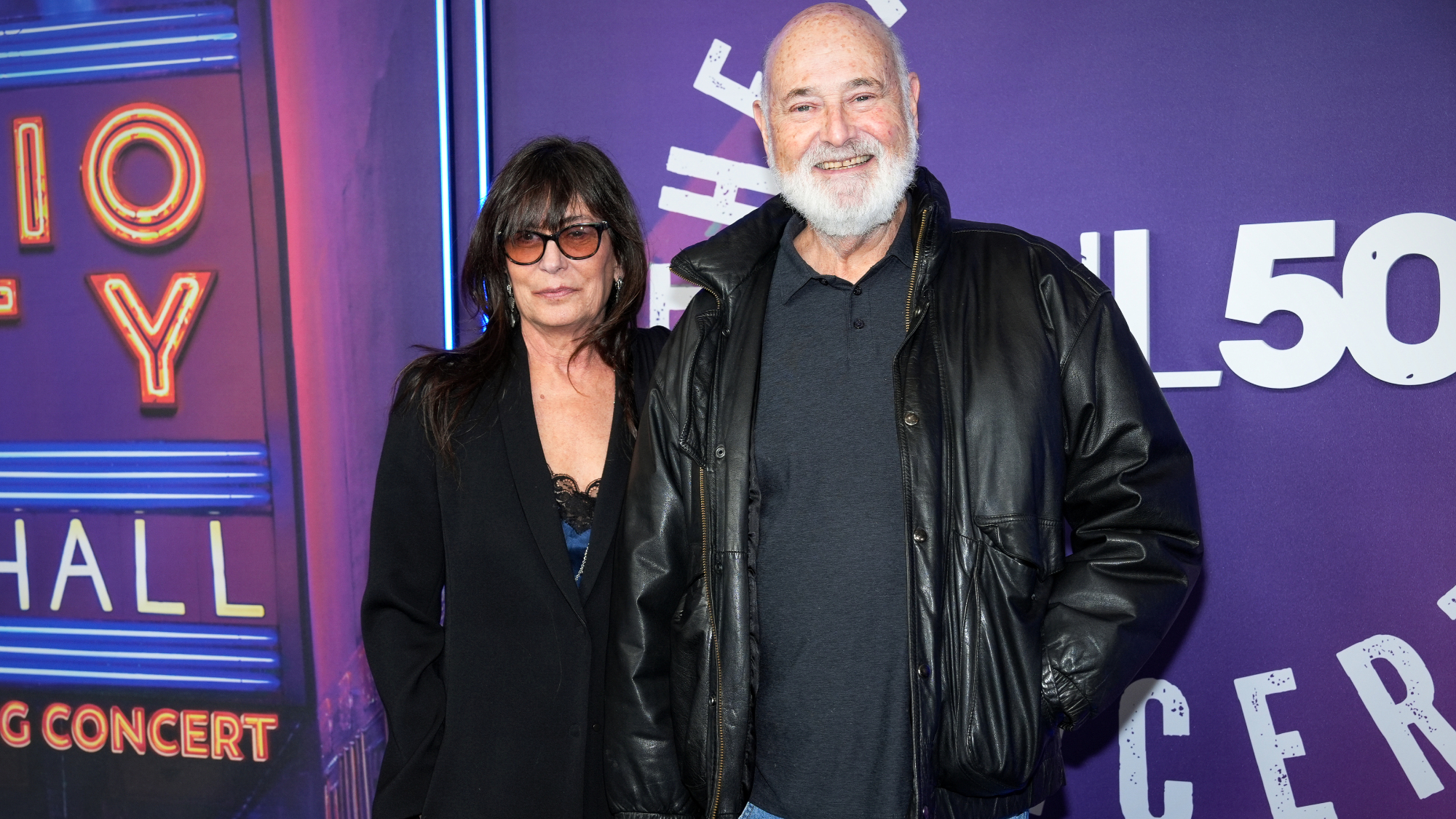 Rob Reiner, wife dead in ‘apparent homicide’
Rob Reiner, wife dead in ‘apparent homicide’speed read The Reiners, found in their Los Angeles home, ‘had injuries consistent with being stabbed’
-
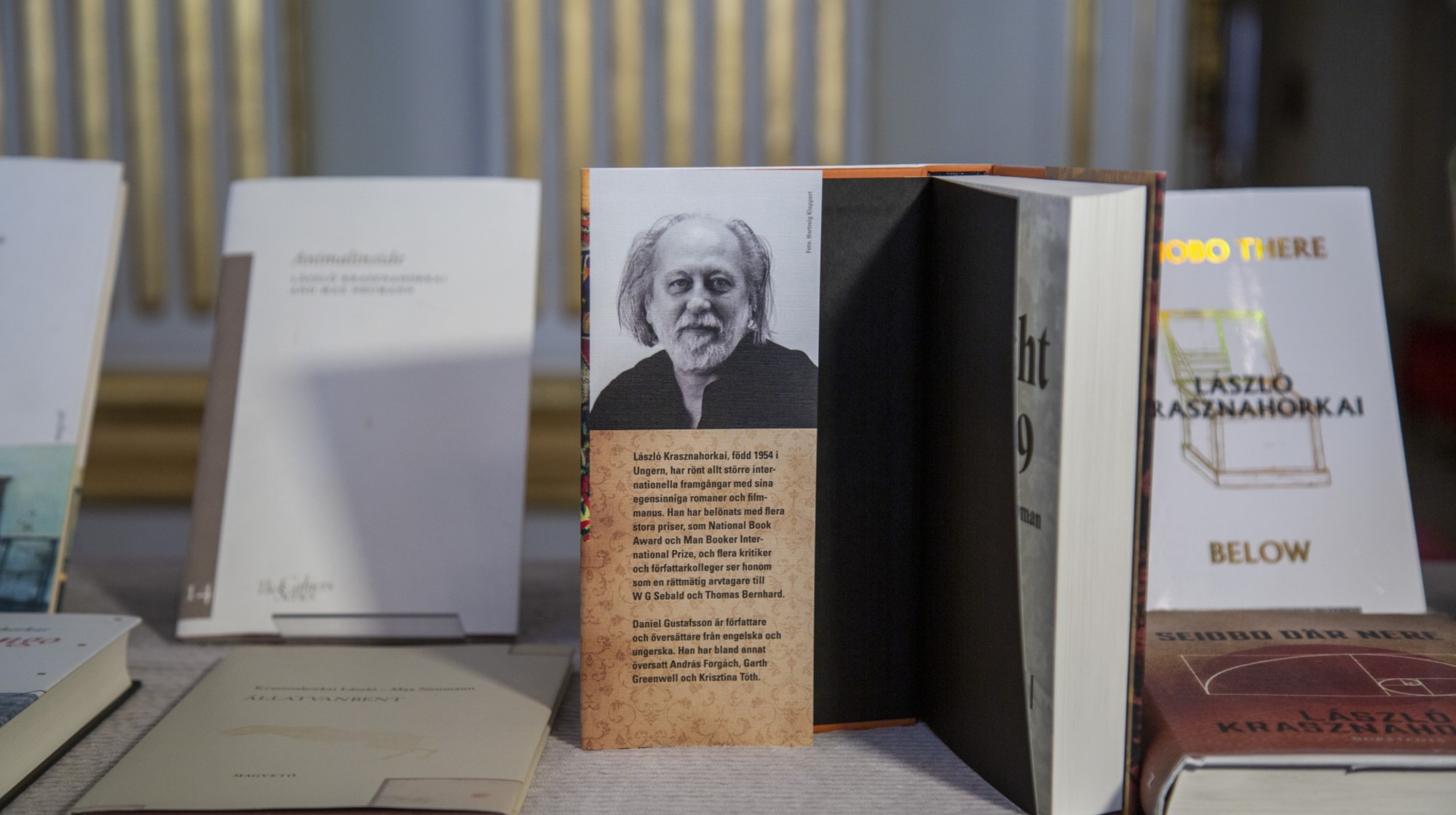 Hungary’s Krasznahorkai wins Nobel for literature
Hungary’s Krasznahorkai wins Nobel for literatureSpeed Read László Krasznahorkai is the author of acclaimed novels like ‘The Melancholy of Resistance’ and ‘Satantango’
-
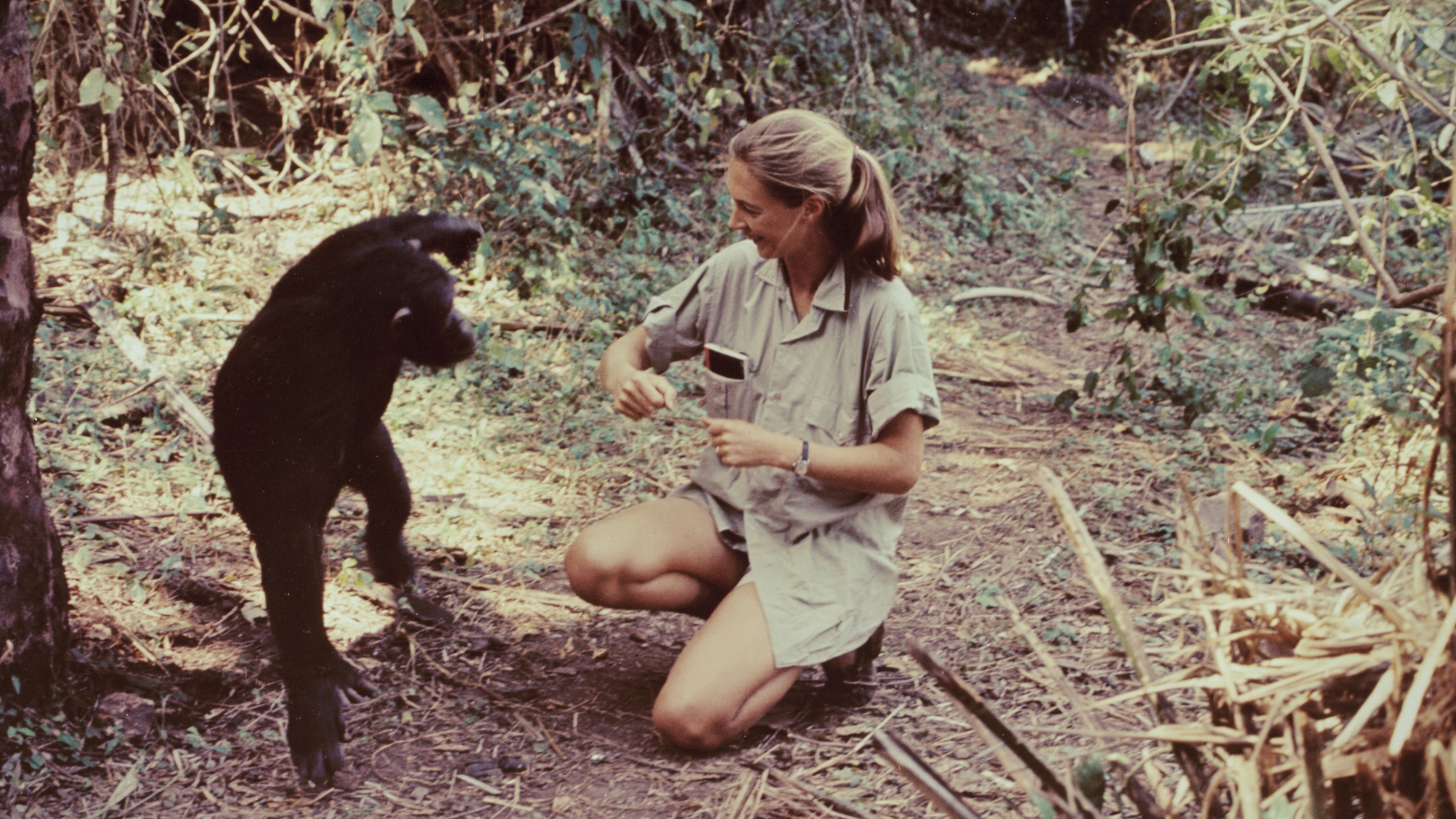 Primatologist Jane Goodall dies at 91
Primatologist Jane Goodall dies at 91Speed Read She rose to fame following her groundbreaking field research with chimpanzees
-
 Florida erases rainbow crosswalk at Pulse nightclub
Florida erases rainbow crosswalk at Pulse nightclubSpeed Read The colorful crosswalk was outside the former LGBTQ nightclub where 49 people were killed in a 2016 shooting
-
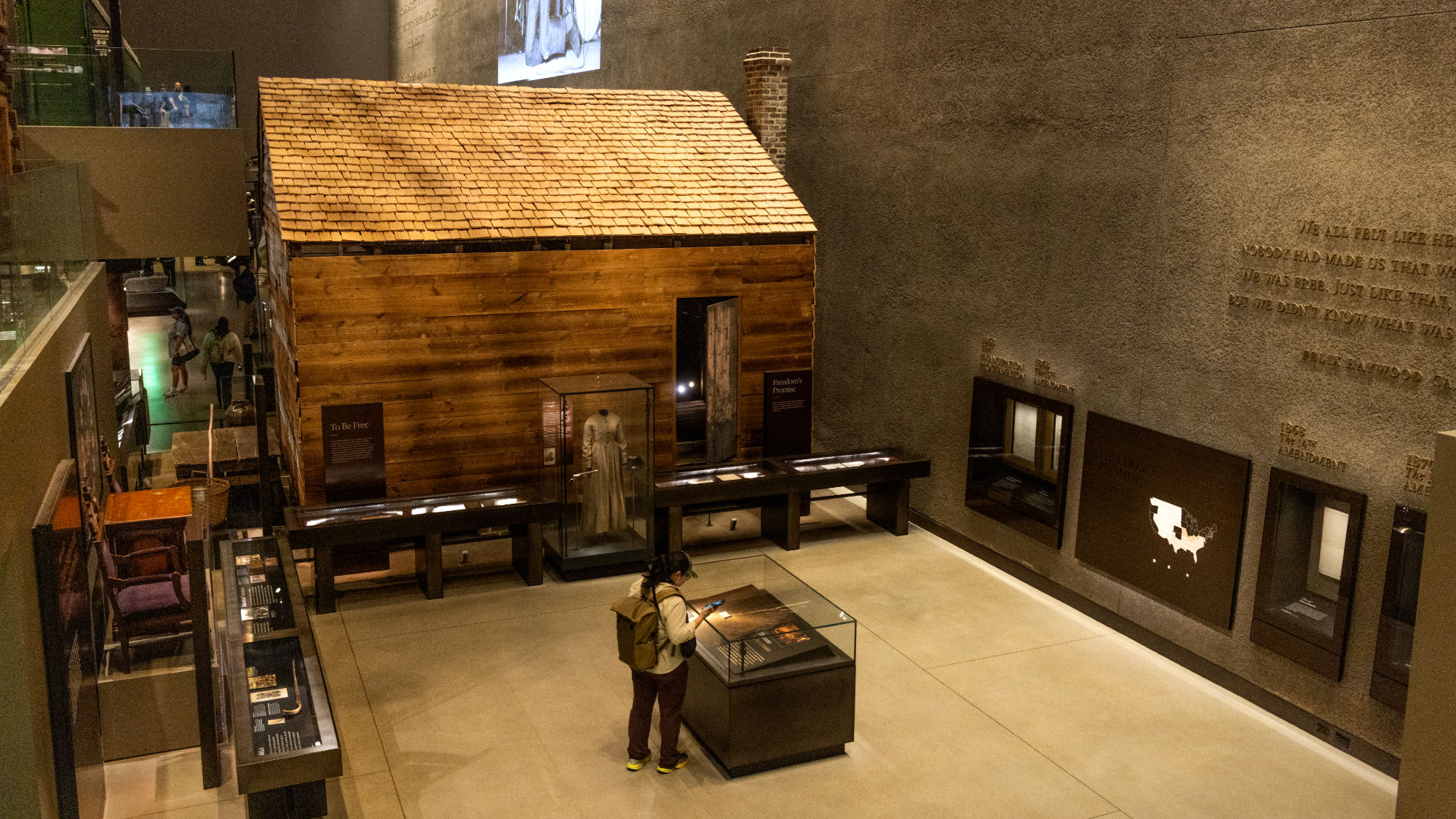 Trump says Smithsonian too focused on slavery's ills
Trump says Smithsonian too focused on slavery's illsSpeed Read The president would prefer the museum to highlight 'success,' 'brightness' and 'the future'
-
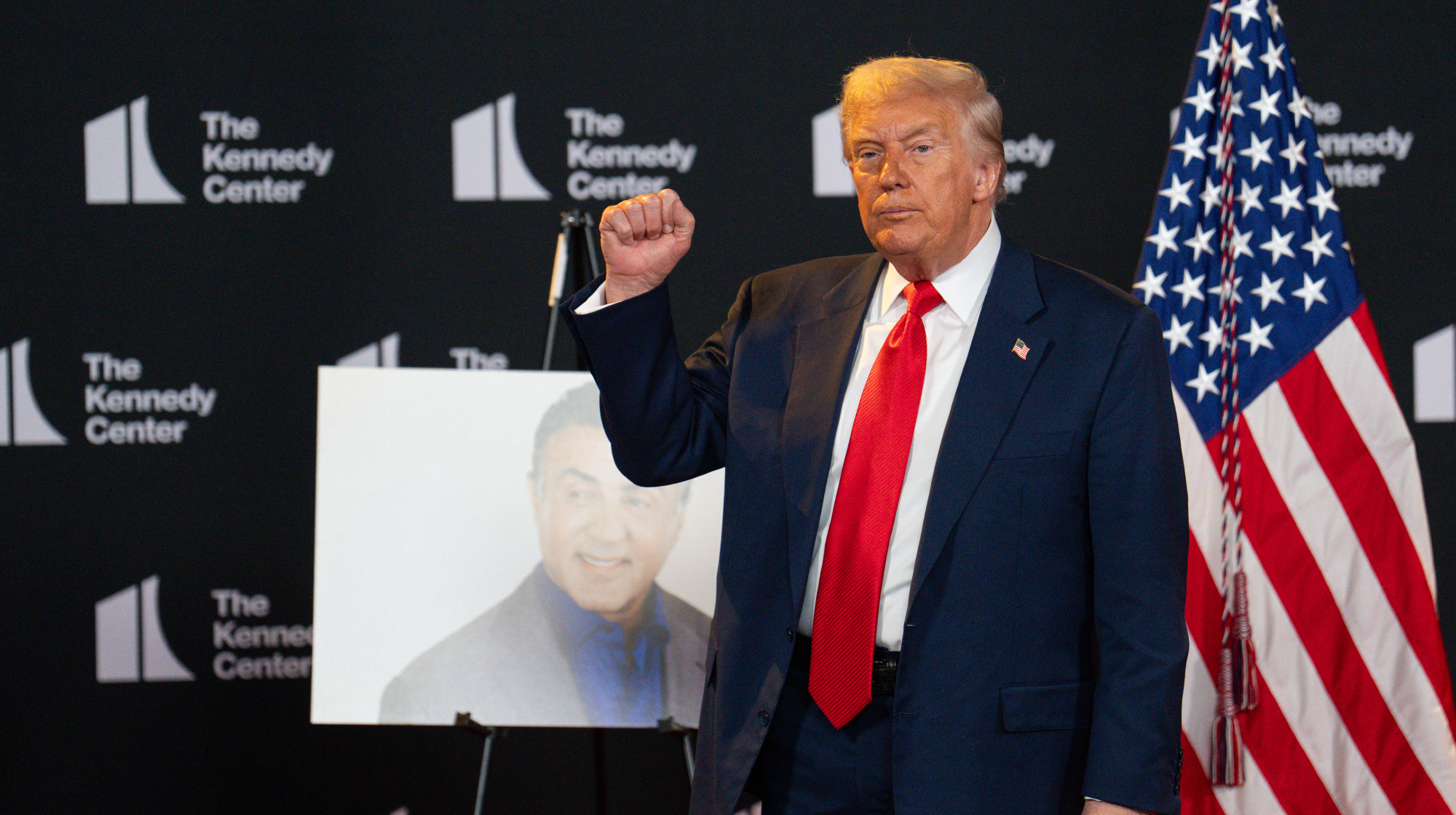 Trump to host Kennedy Honors for Kiss, Stallone
Trump to host Kennedy Honors for Kiss, StalloneSpeed Read Actor Sylvester Stallone and the glam-rock band Kiss were among those named as this year's inductees
-
 White House seeks to bend Smithsonian to Trump's view
White House seeks to bend Smithsonian to Trump's viewSpeed Read The Smithsonian Institution's 21 museums are under review to ensure their content aligns with the president's interpretation of American history
